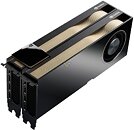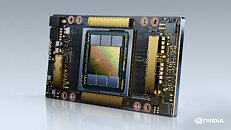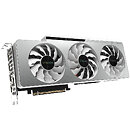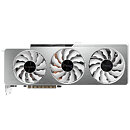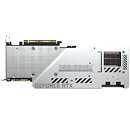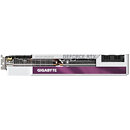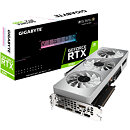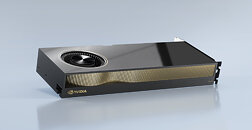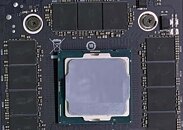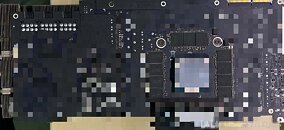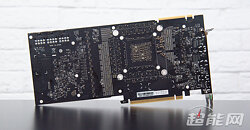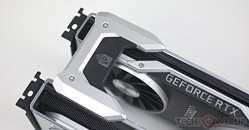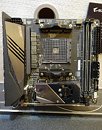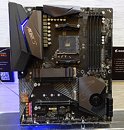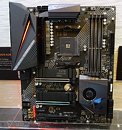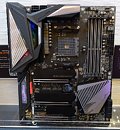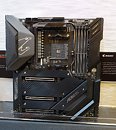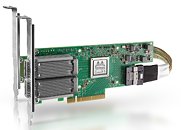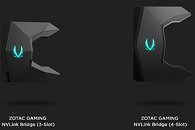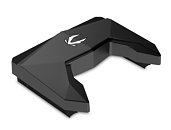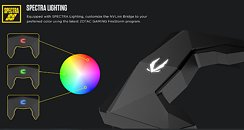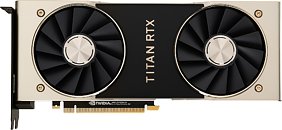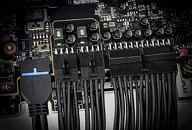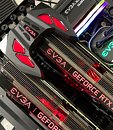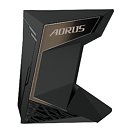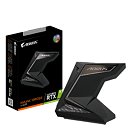
NVIDIA Announces RTX A6000 48 GB Professional Graphics Card Accelerators
NVIDIA today announced their RTX A6000 series of graphics cards, meant to perform as graphics accelerators for professional workloads. And the announcement marks a big departure for the company's marketing, as the Quadro moniker has apparently been dropped. The RTX A6000 includes all raytracing resources also present on consumer RTX graphics cards, and marks a product segmentation from the company's datacenter-geared A40. The RTXA6000 features a full-blown GA102 chip - meaning 10752 CUDA cores powering single-precision compute performance of up to 38.7 TFLOPs (3.1 TLFOPs higher than that of the GeForce RTX 3090). Besides offering NVIDIA's professional driver support and features, the RTX A6000 features 48 GB of GDDR6 (note the absence of the X) memory - ensuring everything and the kitchen sink can be stored in the cards' VRAM. GDDR6X doesn't currently offer the per-chip density of GDDR6 solution, hence why NVIDIA opted for the lower-performing, yet denser memory variant.
The RTX A6000 features a classic blower-type cooler, and presents a new low-profile NVLink bridge that enables two of them to work in tandem within the same system. NVIDIA vGPU virtualization technologies are supported as well; display outputs are taken care of by 4x DisplayPort connectors, marking the absence of HDMI solutions. The card is currently listed for preorder at a cool and collected $5,500, but with insufficient silicon to offer even to its highest-margin datacenter customers, it remains to be seen exactly how available these will be in the market.
The RTX A6000 features a classic blower-type cooler, and presents a new low-profile NVLink bridge that enables two of them to work in tandem within the same system. NVIDIA vGPU virtualization technologies are supported as well; display outputs are taken care of by 4x DisplayPort connectors, marking the absence of HDMI solutions. The card is currently listed for preorder at a cool and collected $5,500, but with insufficient silicon to offer even to its highest-margin datacenter customers, it remains to be seen exactly how available these will be in the market.

